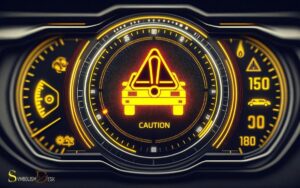Car Dashboard Vauxhall Warning Lights Symbols: Eplain!
The Vauxhall car dashboard is designed to alert the driver about various vehicle functions and potential issues through symbols and warning lights.
These symbols are color-coded: red indicates a serious issue or safety concern that requires immediate attention, amber suggests that something needs checking or servicing soon, and green or blue usually signifies operation of certain systems.
Common Vauxhall warning lights include the engine management light, oil pressure warning, battery charge alert, brake system alert, and many others. It is essential to familiarize yourself with these symbols to maintain vehicle safety and performance.
Vehicle manufacturers, including Vauxhall, use an array of warning lights and symbols to inform the driver of the car’s status.
Understanding what these symbols mean can prevent minor issues from becoming major repairs and also ensure the safety of the occupants:
By promptly addressing the issues signaled by the Vauxhall dashboard warning lights, drivers can ensure their vehicle operates safely and efficiently.
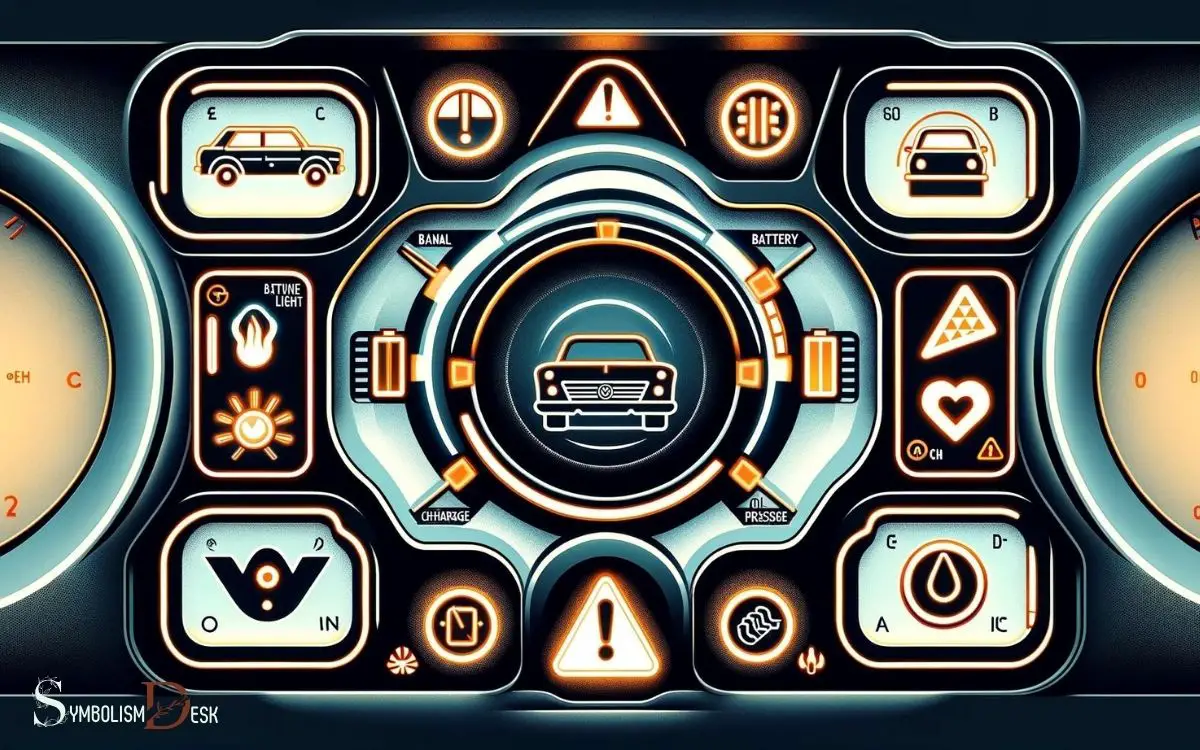
Key Takeaway
Common Vauxhall Warning Lights
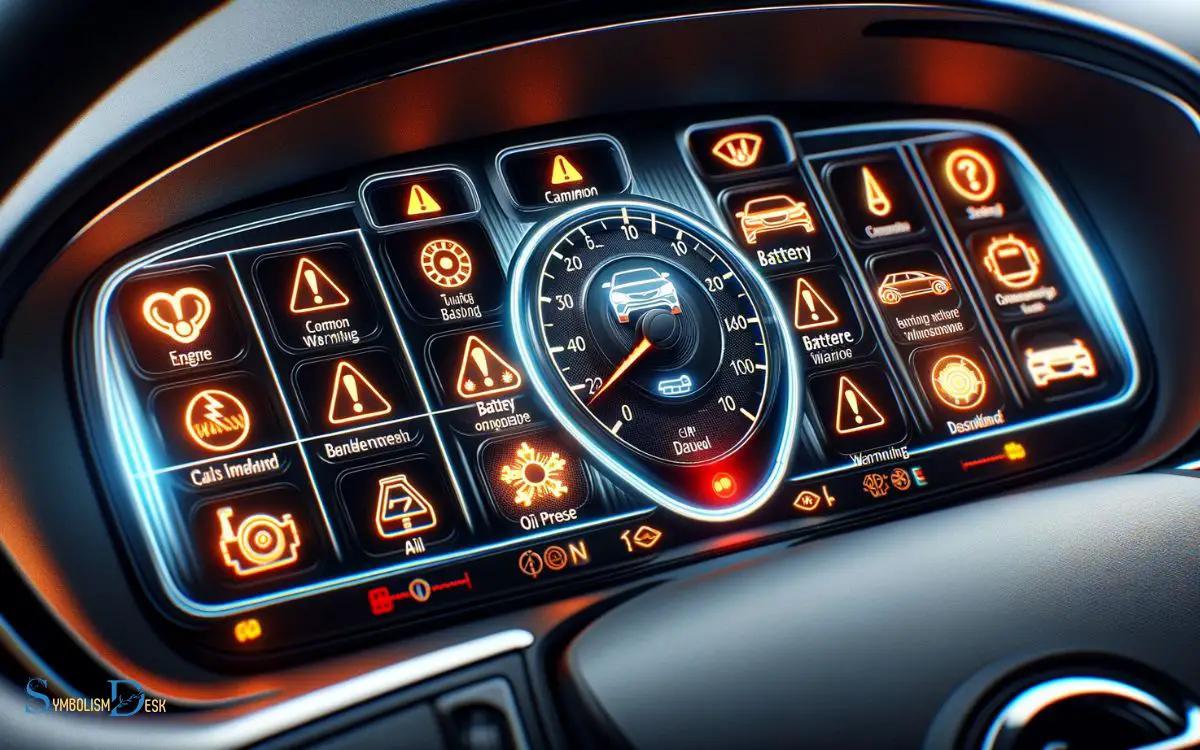
When driving a Vauxhall, drivers should be aware of the common warning lights that may appear on the dashboard. These warning lights serve as indicators for various vehicle systems.
The engine warning light, for example, signifies issues with the engine, transmission, or emissions system. The battery warning light alerts the driver to potential problems with the charging system.
The oil pressure warning light indicates low oil pressure, which can lead to engine damage if not addressed promptly. The brake system warning light may suggest low brake fluid or a malfunction in the braking system.
Additionally, the tire pressure monitoring system (TPMS) warning light informs the driver of low tire pressure. Understanding these common warning lights can help Vauxhall drivers promptly address potential issues, ensuring their safety and preventing further damage to the vehicle.
Understanding Dashboard Symbols
Drivers should familiarize themselves with the meaning of dashboard symbols in order to respond effectively to potential vehicle issues. Understanding these symbols can help prevent mechanical problems and ensure safe driving.
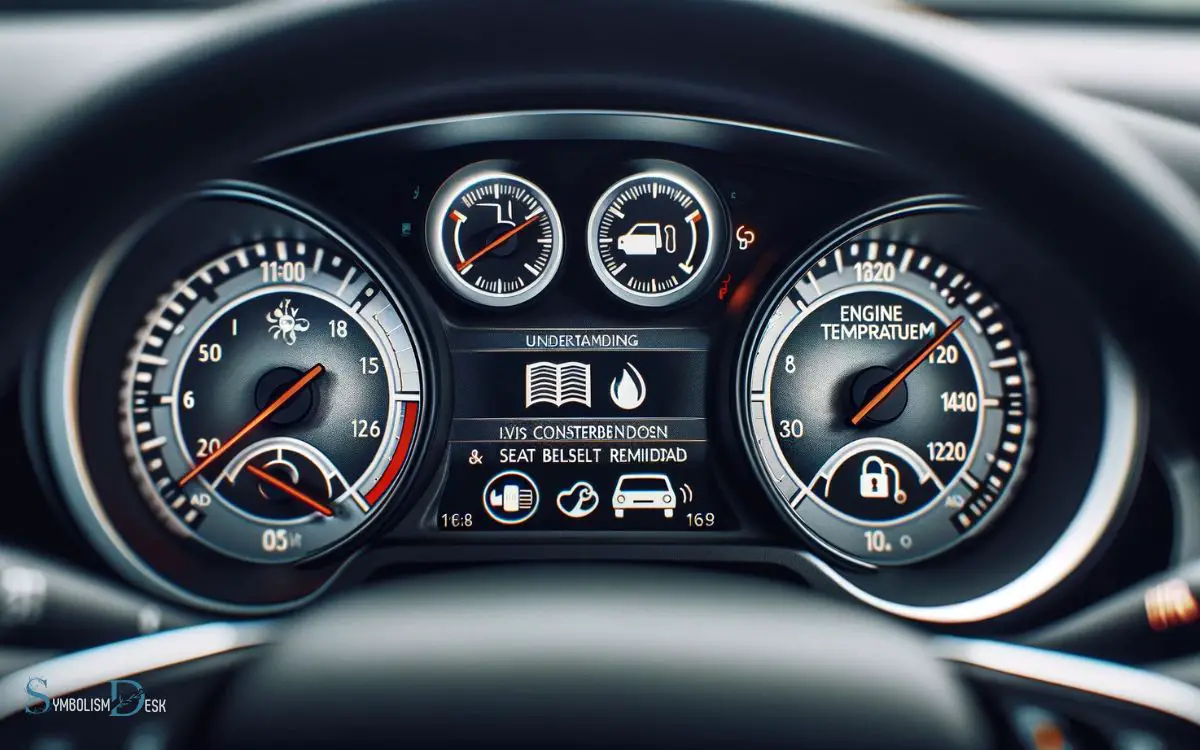
Here are some key points to keep in mind:
- Reference the owner’s manual for specific symbol explanations.
- Differentiate between warning lights and indicators for functions like headlights or cruise control.
- Take immediate action for red warning lights, indicating critical issues like low oil pressure or engine overheating.
- Seek professional assistance if unsure about the meaning of a dashboard symbol.
By understanding these symbols, drivers can proactively address potential vehicle problems and maintain their safety on the road.
Engine and Transmission Indicators
The engine and transmission indicators on the Vauxhall dashboard play a crucial role in monitoring the vehicle’s performance.
Understanding the check engine light meaning and regularly checking the transmission fluid level are essential for maintaining the health of the engine and transmission systems.
By being aware of these indicators, drivers can address potential issues early and prevent costly repairs.
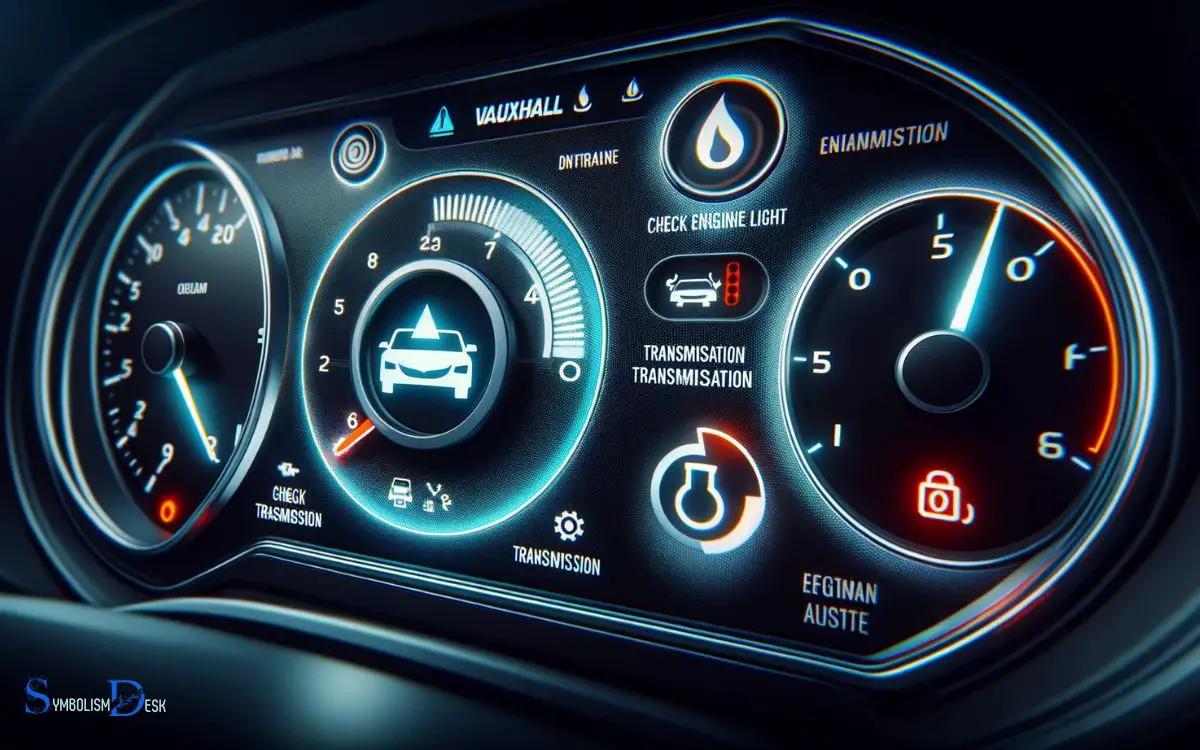
Check Engine Light Meaning
As the most common warning light on the Vauxhall dashboard, the check engine light indicates issues with the engine or transmission systems. When this light illuminates, it is crucial to address the underlying problem promptly to prevent potential damage to the vehicle.
The following are common reasons for the check engine light to come on:
- Faulty Oxygen Sensor: This can negatively impact the vehicle’s fuel efficiency and cause the catalytic converter to fail over time.
- Loose or Damaged Gas Cap: A loose or damaged gas cap can trigger the light and lead to fuel evaporation.
- Failing Catalytic Converter: This can result in reduced engine performance and increased emissions.
- Issues with Spark Plugs and Wires: These can lead to poor fuel economy and engine misfires.
Drivers should seek professional assistance to diagnose and resolve the specific issue indicated by the check engine light.
Transmission Fluid Level Check
Monitoring the transmission fluid level is essential for maintaining the proper functioning of the engine and transmission systems in Vauxhall vehicles. Low transmission fluid can lead to overheating and excessive wear and tear on the transmission components.
To check the transmission fluid level, the vehicle should be on a level surface and the engine running. After shifting through each gear, the transmission fluid level should be checked using the dipstick.
The fluid should be within the designated range on the dipstick. If the level is low, it is important to add the specified type of transmission fluid to the vehicle.
Ignoring low transmission fluid levels can lead to costly repairs and potentially severe damage to the transmission system. Regular checks can help prevent these issues and ensure the smooth operation of the vehicle.
Safety and Security Alerts
Notifying drivers of potential hazards, Vauxhall warning lights and symbols are designed to enhance safety and security while driving. These alerts are crucial for maintaining the well-being of both the vehicle and its occupants.
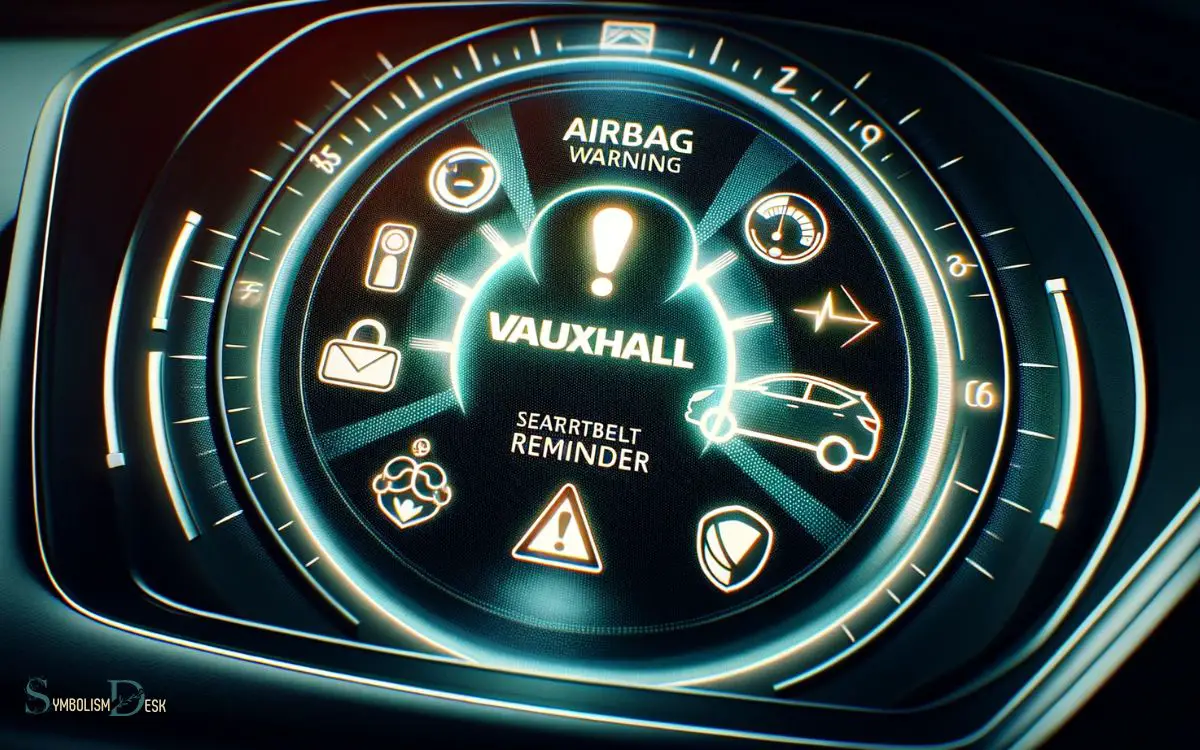
Here are some key safety and security alerts that Vauxhall warning lights and symbols may indicate:
- Brake System Alert: This warning light indicates potential issues with the braking system, such as low brake fluid or worn brake pads.
- Tire Pressure Monitoring: This alert notifies the driver of low tire pressure, helping to prevent tire blowouts and maintain optimal traction.
- Airbag System Malfunction: This warning light indicates a problem with the airbag system and should be addressed immediately to ensure passenger safety.
- Security System Alert: This alert signals potential unauthorized access or tampering with the vehicle, prompting the driver to take necessary security measures.
Electrical System Warnings
When the battery light comes on in a Vauxhall vehicle, it indicates potential issues with the electrical system.
This warning light may point to a faulty alternator belt, which can lead to a lack of power for the battery. Understanding these electrical system warnings is crucial for maintaining the health and performance of the vehicle.

Battery Light Explanation
The battery light on a Vauxhall dashboard is an important indicator of the electrical system’s health. When this light comes on, it signifies potential issues that need attention.
Here’s what the battery light may indicate:
- Charging System Malfunction: The light may indicate a problem with the alternator or the voltage regulator.
- Battery Issues: It could signal a faulty battery or poor electrical connections.
- Belt Problems: A loose or broken serpentine belt can cause the battery light to illuminate.
- Electrical System Overload: If the vehicle’s electrical system is experiencing an overload, the battery light may come on.
It’s crucial to address the battery light promptly to prevent further electrical system complications and potential breakdowns. If the light remains illuminated, seeking professional assistance is advisable.
Alternator Belt Issues
Experiencing an alternator belt issue can trigger warning lights on the Vauxhall dashboard, indicating potential electrical system problems. The alternator belt is responsible for driving the alternator, which charges the battery and powers the electrical system.
If the alternator belt is loose, worn, or broken, it can lead to a decrease in electrical power, causing warning lights such as the battery light or the charging system light to illuminate on the dashboard.
Additionally, a slipping alternator belt may result in reduced charging of the battery, ultimately leading to a discharged battery and potential vehicle stalling.
It is crucial to address any alternator belt issues promptly to avoid further electrical system complications and ensure the vehicle’s proper functioning.
Fluid Levels and Maintenance Requirements
Drivers should regularly check the car’s fluid levels and adhere to the maintenance requirements outlined in the vehicle’s manual. Proper maintenance of fluid levels is crucial for the smooth operation and longevity of the vehicle.
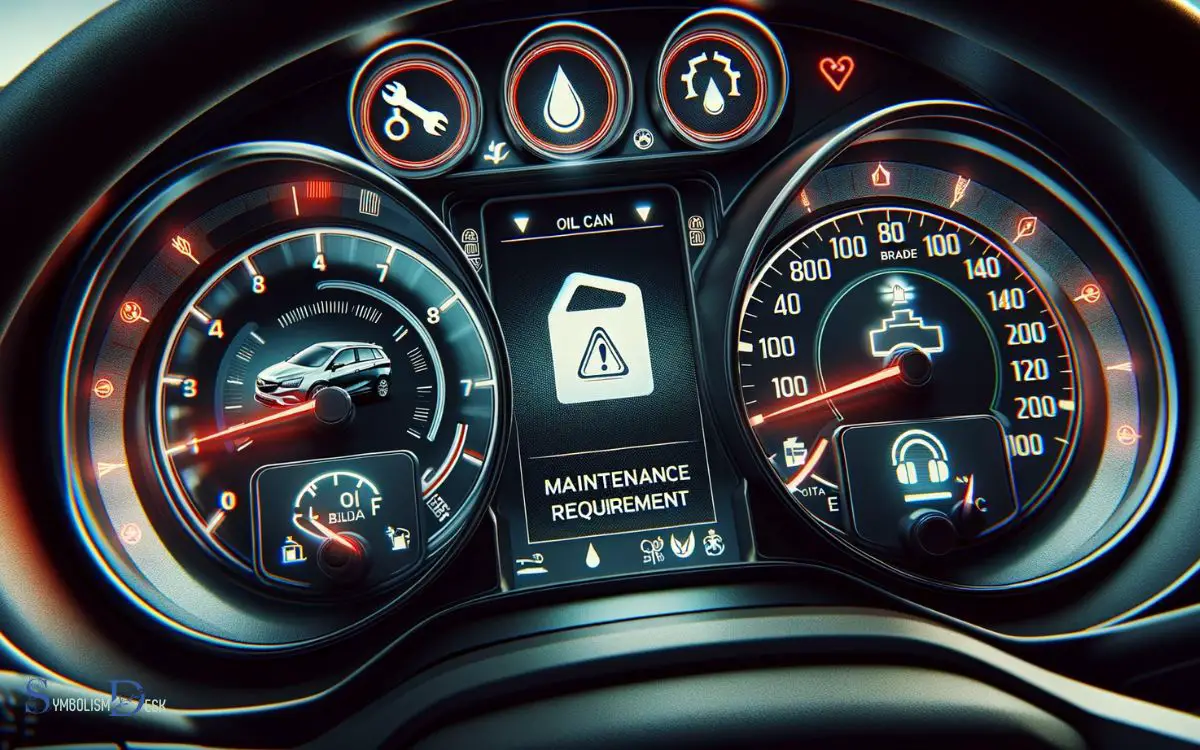
Here are the key fluid levels and maintenance requirements to keep in mind:
- Engine Oil: Regularly check and change the engine oil as per the manufacturer’s recommendations.
- Coolant: Monitor the coolant level and top it up as needed to prevent overheating.
- Brake Fluid: Ensure the brake fluid is at the recommended level to maintain braking efficiency.
- Transmission Fluid: Periodically check and change the transmission fluid to prolong the life of the transmission system.
Adhering to these maintenance requirements will help ensure the optimal performance and reliability of the vehicle.
Conclusion
Understanding the warning lights and symbols on your Vauxhall dashboard is crucial for maintaining the safety and performance of your vehicle. These indicators provide important information about the status of your car and alert you to potential issues that may require attention. While the specifics may vary between vehicle models, learning to interpret these symbols is a valuable skill for any driver. For instance, just like with Toyota Camry dashboard warning lights, recognizing what each icon means can help you address problems early and avoid costly repairs down the line.
By familiarizing yourself with the indicators for engine, transmission, safety, security, electrical system, and fluid levels, you can address any issues promptly and keep your car running smoothly.
So, next time you see a dashboard light, remember that knowledge is power, and it can help you stay on the road with confidence.






